Which Methods of Food Storage are Correct?
Food Preservation is a process used to store food safely for extended periods. Not only does it help keep your food at its best quality, but it minimizes the possibility of bacteria growth. Also, eliminating food waste can save you significant money in the long run. As many of you know, several food storage methods exist.
Which Methods of Food Storage are Correct?
I want to take a few moments to share with you not only what food storage methods are available, but also many of their pros and cons. That way, you can decide which food storage method is best for you. This isn’t a comprehensive Guide to Food Storage but an overview of correct food storage methods. The main goal is to avoid food spoilage, so let’s check out these methods!
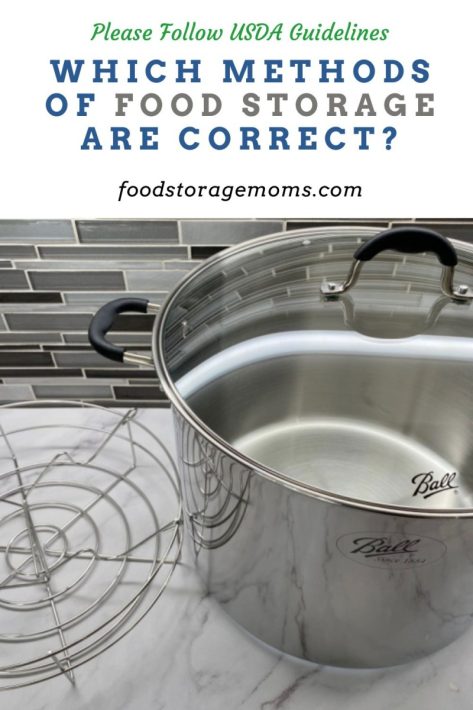
Canning
How many of you remember licking your chops while watching your grandmother or mother canning delicious jams, jellies, applesauce, and vegetables while growing up? Maybe some of you’ll continue with this practice today? Canning is a cost-effective food preservation method that has been practiced for centuries. Canned foods make for excellent gifts, especially around Christmas time.
Another benefit of this method is that you can get 1 to 5 years of shelf life from canned foods, depending on what you’ve canned. The USDA states one year, I get it. I admit I have eaten peaches that were 4 years old. They were still sealed and tasted great.
I used a Presto Pressure Canner for many years and saved up for an All-American Pressure Canner. The Ball Water Bath Canner shown is the one I have been using for the last few years. After taking my Master Canning and Preserving Class, I purchased The Ball Electric Water Bath Canner.
The Necessary Steps for Successful Canning
The basic steps for canning include sterilizing the jars and lids, preparing your food (washing, peeling, slicing), packing the food into the jars, sealing them with an airtight lid, and then heating them to a specific temperature for a particular amount of time to kill bacteria and eliminate the risk of the growth of bacteria or any other microorganisms. You may also need to add acids like vinegar or lemon juice if they aren’t acidic enough.
Canning is especially beneficial for those living in rural areas because it can be done with produce from your garden. However, it has some drawbacks, such as the fact that you have to ensure the food is free from bacteria before canning.
Canning also does allow certain foods to lose some of their nutritional value, but not entirely. The canning method is still super popular today! I can only recommend these two books for canning: The Ball Canning Book and the USDA Canning Guide. Please be safe when preserving your food.
- Pressure Canning 101: The Most Comprehensive Guide
- What is Water Bath Canning?
- Home Canning-Important Do’s and Don’ts
Dehydrating
Dehydrating is another type of food preservation that dates back centuries. It can be used for fruits, vegetables, and even meats. Dehydrated foods don’t take up too much room because the water has been removed, making them great for long-term storage.
Dehydrating involves slicing your produce or meat into thin pieces so you can remove moisture quickly and evenly, then heating it until all the moisture has been removed. Dehydrated foods are typically stored in airtight containers, which makes them a convenient snack on the go.
The primary benefit of this method is that you don’t have to worry about spoilage since there’s no liquid involved in the process. However, it requires electricity, which can be a bummer for those looking to minimize their energy consumption. Some of the food’s nutrients may also be lost while dehydrating them. Dehydrating food items is one of the most popular food preservation methods! I use an Excalibur Dehydrator.
- 15 Foods You Should Be Dehydrating
- Dehydrating Onions and Make Onion Powder
- Dehydrating Kale and Make Kale Powder
- Dehydrating Tomatoes and Tomato Powder
Freezing
This method of food storage is probably one of the more common methods used today. We all know how convenient it is to pop something in the freezer for later use! If you keep your freezer at 0°F or less, frozen foods are safe to consume for up to 6 months after being prepared and stored correctly. Freezing is especially beneficial for those living in urban areas because most don’t have backyard gardens.
The process of freezing food is simple. First, prep the food by washing, peeling, slicing, and packing it into airtight freezer containers or bags. You’ll want to press out as much air as possible before sealing it and placing it in the freezer.
Freezing is a great way to preserve foods while still keeping their vitamins and minerals intact, as some of them are not lost during this method like they would with canning. The downside is that if your electricity goes out or you forget to put something back in the freezer after taking it out, you’d be wasting money on spoiled goods. You can “shop” in your own freezer instead of going to the grocery store in an emergency. Just make sure you have enough freezer storage space.
- How To Freeze Corn On The Cob
- How to Freeze Milk: Everything You Need to Know
- 15+ Items Perfect for Freezer Storage
Pickling
Pickling is an excellent alternative to canning and freezing, but more so for those who enjoy fermented foods. This method of food storage works best with vegetables like cucumbers, okra, onions, and carrots. Once you pickle these veggies in a jar filled with vinegar, sugar, water, and spices, seal them up tightly before refrigerating them; they will last several months!
The pros of this method are that there’s no need to use advanced equipment or heat food over high temperatures. Pickled foods keep their crunchy texture and have an extended shelf life due to the vinegar solution used, which helps protect them against bacteria. The cons are that this food storage method doesn’t preserve foods as long as other methods (about 4-6 months) and doesn’t work with all vegetables. If you follow food safety guidelines, then pickling is easy!
Freeze-drying
When you hear freeze-drying, you probably think of astronauts and their space food! However, freeze-drying dates back to World War II when the United States Military used it. It is excellent for long-term storage because foods can be kept at room temperature in an airtight container or bag without losing their original flavor, texture, or nutritional value.
The freeze-drying process involves freezing a food item and then subjecting it to a vacuum chamber that removes any moisture from the food. This method is costly, so unless you plan on feeding an entire army, this may not be your best option.
However, if money isn’t an issue, freeze-drying may be a great way to preserve and store food for an extended period. Proper food storage that stores food products long term includes the method of freeze-drying! When you ask, “Which methods of food storage are correct?” ..it would be freeze-drying!
This is a method I’ve focused on for the past few years. I purchase most of my freeze-dried food which is commercially packaged by Thrive Life. There’ve been some price increases in the past year or so due to a number of factors like bad weather, wildfires, work shortages, and supply channel issues. My storage room is full of different types of food, including dairy products in the form of instant milk and eggs, ground beef, chicken, turkey, green beans, onions, cucumbers, sweet corn and peas, and much more.
Using freeze-dried food products in stews, soup, and casseroles is easy and the food has a fresh taste.
Cold Storage
Cold storage is a great way to store fruits and vegetables for long periods. It involves keeping food below 40°F, usually with extra humidity or carbon dioxide. This method works best with foods that don’t need oxygen, like potatoes, apples, beets, carrots, and onions. You can store them at home by placing the product in an airtight container and then storing it in your refrigerator crisper drawer or even a root cellar if you have one available.
The pros of cold storage are that no electricity is involved, and the food will remain fresh longer than stored without this method. The cons are that not all types of food do well with this type of preservation, so you’ll want to research what foods work and which don’t.
Additionally, the items must be handled carefully to prevent them from rotting or becoming moldy. There are many different food types that you can do cold storage with; make sure it’s one of the best methods for the food you want to preserve and that your family will eat.
Storing Dry Goods
Many items don’t need any special processing to preserve them for longer periods, as long as they’re stored in airtight containers and kept out of direct sunlight, high humidity, and extreme heat conditions. Natural grains like wheat have been stored for many years this way and then put to use to make flour. Rice and pasta varieties like macaroni are also good for long-term storage and make for a staple you can rely on. Salt is an item that can be stored indefinitely but MAY become hard, so don’t store it in large containers.
The storage in airtight containers also protects the food from insects, rodents, and other pests that can get into the original package and destroy the food.
Final Word
So, which methods of food storage are correct? Regarding long-term food storage, each method has pros and cons depending on your individual needs and preferences. Canning is helpful for those with extensive gardens, and freezing is excellent for urban dwellers who don’t have much room to garden. Plan to follow the FIFO method for using the foods you store. This means “first in, first out” so you use the oldest items first before they get too old.
If you like fermented vegetables, pickling could be a good option, while freeze-drying is the best choice if money isn’t an issue and you want the food for a longer time period. No matter which method you choose, make sure that you research how best to prepare, store, and consume your food before diving in! May God Bless this world, Linda

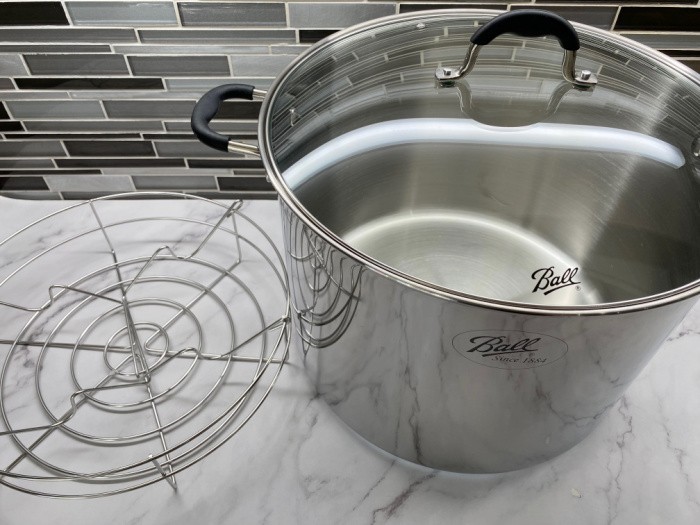

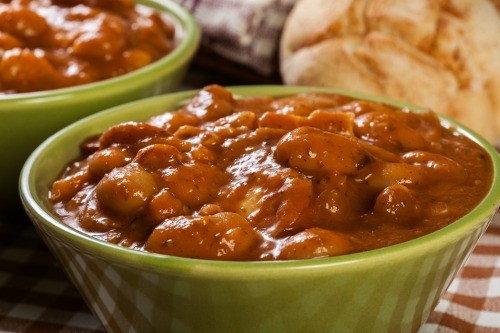
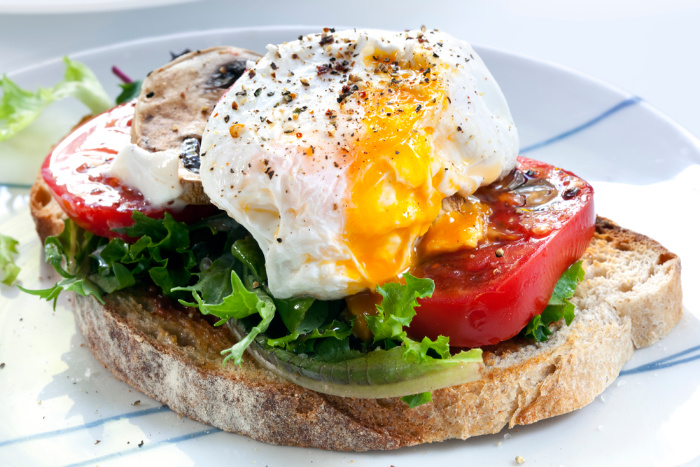
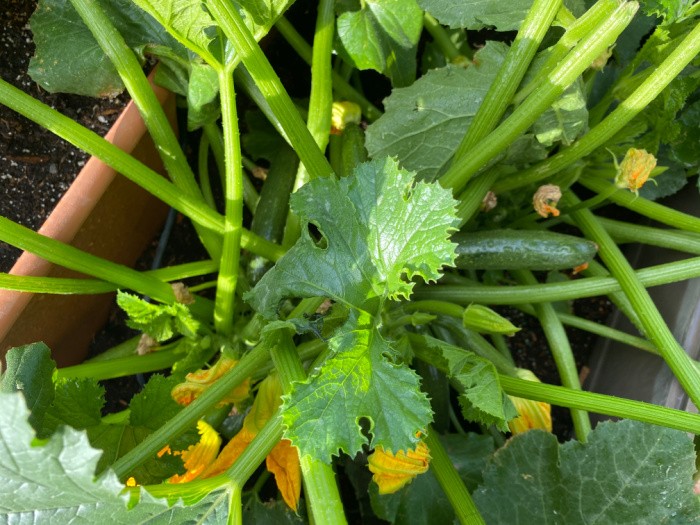
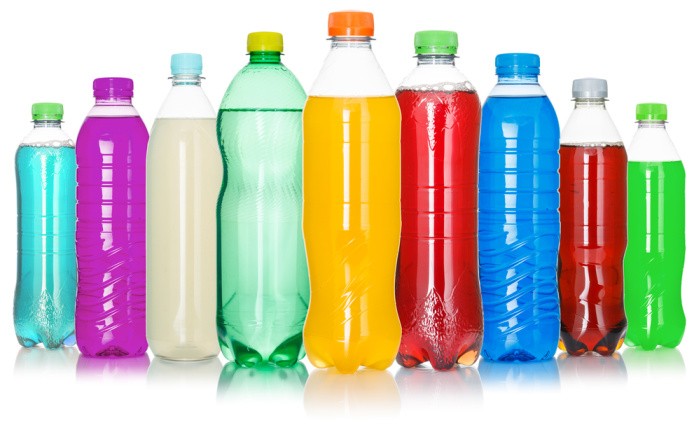
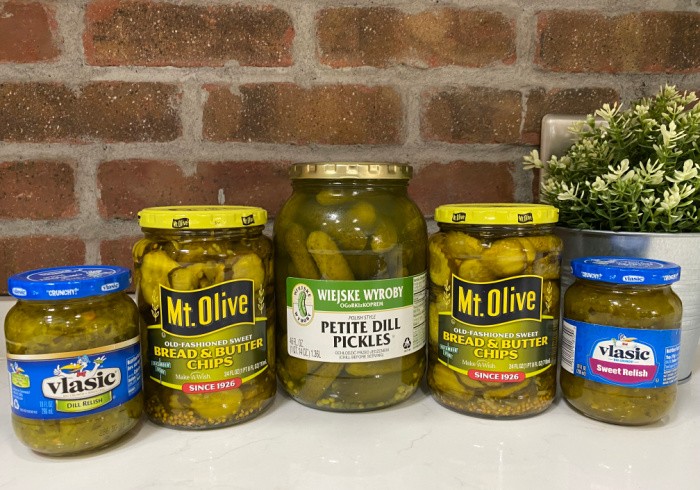
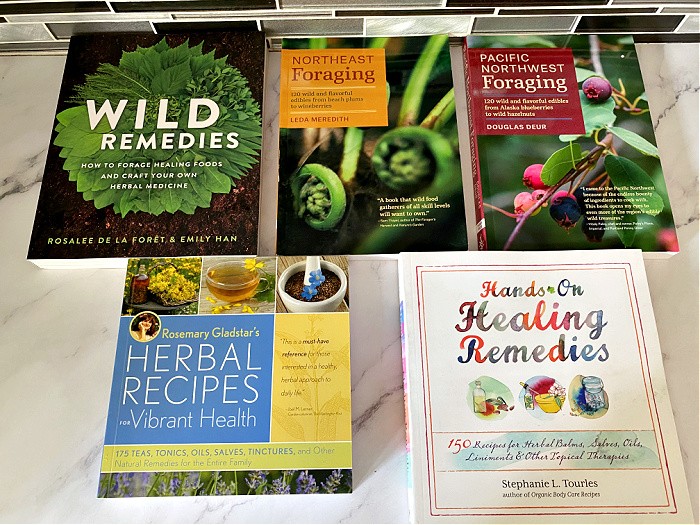













Great post Linda! I’ve preserved foods all the ways you talked about. I especially like the canning and dehydrating methods. After I dehydrate my foods, after making sure they are dried well, I usually vacuum pack them. They seem to last longer that way. I’ve used bags and jars for vacuum sealing. I like Jars, best, but bags work as well.
Hi Deborah, thank you, my friend. I love seeing the jars all lined up. What a blessing, Linda
Linda,
Also salting, which is sort of like dehydrating without a dehydrator. But seriously, I think we use every one of those methods except freeze drying (since those machines are too expensive for us). We do have some freeze dried foods as well as MRE’s in storage however.
Yes sir and I store extra non iodized salt in sealed buckets and Mylar too
Hi Matt, good to know, I store a lot of salt as well. Life is good! Linda
Matt,
I hope you store iodized salt as well. Goiters were practically an epidemic in the US before the introduction of iodized salt. Aside from seaweed, seafood, and to a lesser extent milk and eggs there are too few decent sources of iodine aside from iodized salt.
HI Ray, I have heard about salting, I have never done it, but I know it’s being done. Great reminder, Linda
Ray,
We have plenty iodized salt stored for daily use in seasoning. However, we have never done any salting of meats for storage purposes. I know for this purpose one should use non-iodized salt. However, what is the best salt to use for this purpose? I would assume any non-iodized salt such as sea salt. But, should it be a coarse or fine grind? Thanks for any help you can give on this.
Harry,
My grandparents used ordinary table salt (with no additives such as iodine) to cure fish and game meat. I know others use Kosher salt. Just don’t use any expensive salt because it takes a about a cup and a half or two per pound of meat. What you do is rub half the salt into the meat, hang it someplace bugs can’t get at it (preferably in a room with a temperature between 35 and 50F) for 4-5 days. Then you rub the rest of the salt into it and allow it to finish curing. We hung venison streaks from deer we’d hunted in the Fall in our garage in a sort of tent made of mosquito netting. The meat lasted for months through our fairly mild Winters without spoiling.
Ray,
Thanks for the info. I have 50 pounds of fine sea salt on order, no additives. Matt recommended to use fine grind rather than coarse so that the salt will more easily fill in any cracks and crevices in the meat. Not sure how soon we will do the salt curing, but I may go ahead and order another 50 pounds so that we don’t run out when we start the process, probably in the fall. Thanks again.
Harry,
I’m glad you found the information helpful. I found a few links to articles I’d suggest you read if you’re serious about curing meats or fish with salt. The recommendation about how much salt and which kind to use varies but most butchers use so-called pink salt which contains nitrites and nitrates to prevent anerobic bacteria such as botulism from being able to grow. Neither regular table salt nor sea salt contain those two additives. My grandparents used regular table salt but like I said, butchers use curing salt. By the way curing or pink salt is pink because it is dyed with red food coloring. That is to keep people from confusing it with regular table salt–since pink salt is toxic to humans. Here’s the first link.
https://www.thespruceeats.com/pink-salt-using-nitrates-to-cure-meat-1447029
And here’s the second.
https://nchfp.uga.edu/publications/nchfp/lit_rev/cure_smoke_cure.html
The University of Georgia always has great articles on preserving food and I trust them, but both sites agree that anyone attempting to salt cure meats only do so using a reliable recipe.
The following link is to an article that has more links to “reliable recipes.”
https://nchfp.uga.edu/publications/nchfp/lit_rev/cure_smoke_meats.html
Good luck with learning this preservation method.
Hi Ray, thank you for the links, I would love to try this. Linda
Check your MREs…I thot they last almost forever but some only last 2 to 3 years I learned
Sandra, the key to MRE’s is to check the Inspection Date (much more important than the Pack dates. Your MRE 5-7 year shelf life doesn’t start until AFTER the Inspection Date. As with any other long term foods, they keep longer if stored in cool (70 F or below), dry conditions, where it should be fine for more than eight years. If stored at 100 F the shelf life is roughly 1 year 10 months. So, storage temperature is very important. Another important consideration regarding expiration dates is that the estimated shelf life of MRE’s is based on taste tests conducted by the US Army’s Natick Research Laboratories. So, the shelf life is based on taste, not spoilage.
I have personally consumed, without ill effect, MRE’s that were 12 year past their Inspection Date, but they had been stored in an old fridge in my garage, so they stayed cool. And the Mylar packaging didn’t allow the humidity in the fridge to bother them.
Morning Linda, I really didn’t read much of this article, because I haven’t really gotten into a lot of these ways of storing food but for a few. I still use a lot of plastic ware and zippered bags, and believe it or not some empty soda bottles; which keep my diced onions and celery in the freezer. I also use and glass jars that are still being sold in stores for some types of foods, and use empty PB jars and such for storing all sorts of items. I want to learn canning, I don’t think I’d have too much trouble learning, but first I need to have more room to do it in as my new apt will give me, then to buy the equipment to start canning. I’ve been making various seasoning mixes, like Prairie Dust, Farm Dust and several others things to make my life easier. I have saved tin cans for making candles and burners like Sterno. I’ve been collecting recipes of all sorts, but right now I’m only putting the ones I like together. When I get my canning starter package, which a well known hardware store sell at a very reasonable price, I’ll be coming to your site for more info. Thanks to you, I have learned a lot in the two years I’ve been learning how to prep and you have been a big help. You’re the best!!!
HI Pamela, thank you for your kind words, my friend. I have cut way back on canning because of my energy level and with only two of us, my garden is shrinking (once the house is done) but I will always preserve food no matter how it works for us. I love hearing you are making your own seasoning mixes, it’s so fun and so much healthier! Love it, Linda
Pickling is a great way for long term storage….I am still eating ripe cukes ….the ones that get lost under the big leaves and cuke turns big and yellow…..mother called them “Slippery Jims” always made them and I have too….also, still eating pickle relish we always made…..both are still good …think I made them back in the….I just checked…the Slippery Jims are from 2013 and the pickle relish is from 2011……they seem to last forever if the lids and rings don’t rust. I have Hersheys Cocoa that our Relief society got in 1984 that is still as good as new…keep it in a gal. jar yet. Foods last much longer than companies or others say.
Hi Sandra, I love pickle relish!!! I have some Hershey Cocoa that seems different that the stuff I bought back in the 80s. But I would use it! Linda
We definitely have iodized stored as well but it’s not the best for salting meats. We also store pink salt and sea salt.
Matt,
Is it best to use coarse for fine salt for salting meats?
Thanks in advance!
Fine so it can get in the cracks and crevices better IMO
Matt,
Thanks. That makes a lot of sense. I have 50 pounds of fine grind sea salt on order. I will order another 50 pounds once I have the first 50 divided out and securely sealed and stored.
Linda,
One note on long term storage of pasta. If stored in boxes (like Barilla comes in) pasta will spawn weevils eventually. Now that I have the DicoRain I store pasta by vacuum sealing it in mason jars. I do the same for nuts and dried fruits. This morning I vacuum sealed several quart jars of large elbow, small elbow, angel hair, fettuccine and wide egg noodles. Also put up another quart of Craisins, two more quarts of whole cashews and a couple of pints of cashew-craisin-m&m trail mix. I’ve also vacuum sealed several quarts of dry soup mixes.
Oh, in spite of having a couple of recent mild freezes I’m still harvesting tomatoes, though they are definitely on their last legs. Today I’ll grab Jericho lettuce, bok choi (which has begun bolting so I need to plant more), Bright Lights Swiss chard and Matador Spinach to go with my Kuroda carrots and cherry tomatoes for a fresh salad. I’ve never been able to keep tomatoes producing this long so I’ll enjoy it while it lasts.
Hi Ray, that DicoRain you recommended is the best thing ever!!! I love it! Now I want some M & M’s! LOL! Linda
I just did a bit of research about iodized salt!! Adults only need 1/4 to 3/4 TEASPOON of iodized salt per day to get the recommended amount of iodine. Our biggest issue is in the overuse of iodized salt!! I use primarily sea salt (non-iodized) but what led me down a rabbit hole was reading about iodine deficiencies. I am now incorporating iodized salt daily but only 1/4 to 1/2 teaspoon per day (added to water in the morning and consumed during the day).
When I was growing up, we had several 10-gallon crocks in our basement full of brined foods. I learned later in life that they were ferments. Pickles and sauerkraut were the two I remember the most. These were never canned but were left in the brine all year. We had a dinner plate and large (clean) brick to hold the food below the surface of the brine. Then a sheet of plastic over the top of the crock and a piece of canvas. The sheet of plastic was to ensure no rodent leavings got into the food!! It was a bit of a pain to have to go get pickles or kraut!! We were in BIG trouble if we didn’t cover the crocks sufficiently!
Another way we stored some food was interesting. We lived on a river that froze during the winter. Dad cut blocks of ice, and these blocks were buried in sawdust from the local sawmill. Much of our frozen foods were kept on ice this way (think back to the ice houses that towns would have had. Every 4th of July, we used up the ice that had been stored by making homemade ice cream. We always seemed to have just enough ice to do this!
Another method of preservation that most of us don’t really think about is smoking meat. This can be done in small batches on a smoker/grille if you just want to try it. We raised all our own meat when I was growing up, and we had a large smoker for curing our bacon, hams, etc. The smoked meat was then hung in our root cellar. Once we had freezers, the smoked meat would be stored in the freezers, but I do still recall having to go to the root cellar for bacon and ham!
Hi Leanne, you had a wonderful life as child! You learned things way before some of us. Living on a farm is a blessing. Now your daughter is starting the cycle again, I LOVE this! I remember those big crocks, what a blessing! I like the July 4th party idea using the ice, homemade ice cream is the best! Linda
I miss the bread and butter pickles we use to make. I started with my great grandmother’s recipe, and then I changed to baby onions instead of slicing, and I would add cauliflower heads. I loved the beauty of rows of pickles, applesauce, and treats to see us thru the cold winter. Our family could pick 50 quarts of strawberries and then we would spend the next day cleaning, freezing and making jam. I miss those days.
Hi Chris, oh I love bread and butter pickles!! I love fresh strawberries we use to pick enough every day to make strawberry shortcake! With lots of whipping cream! I can still see all the strawberries growing in my yard!!! I love strawberry jam! Linda